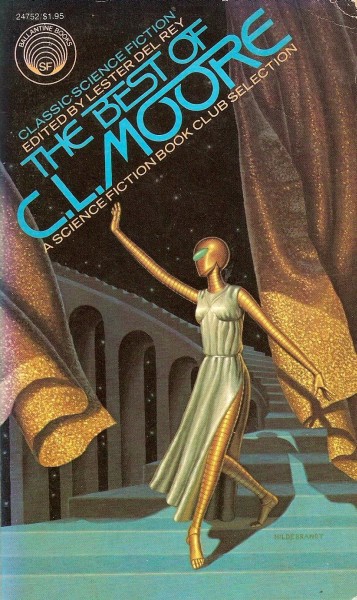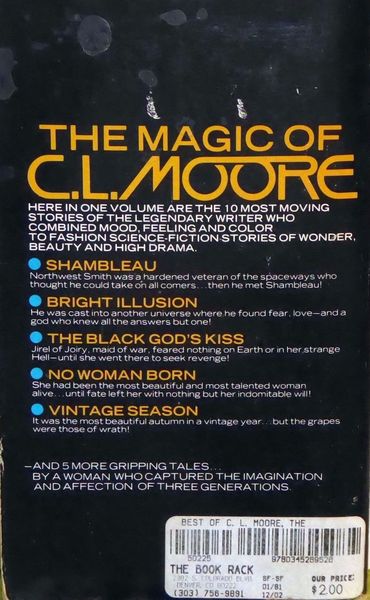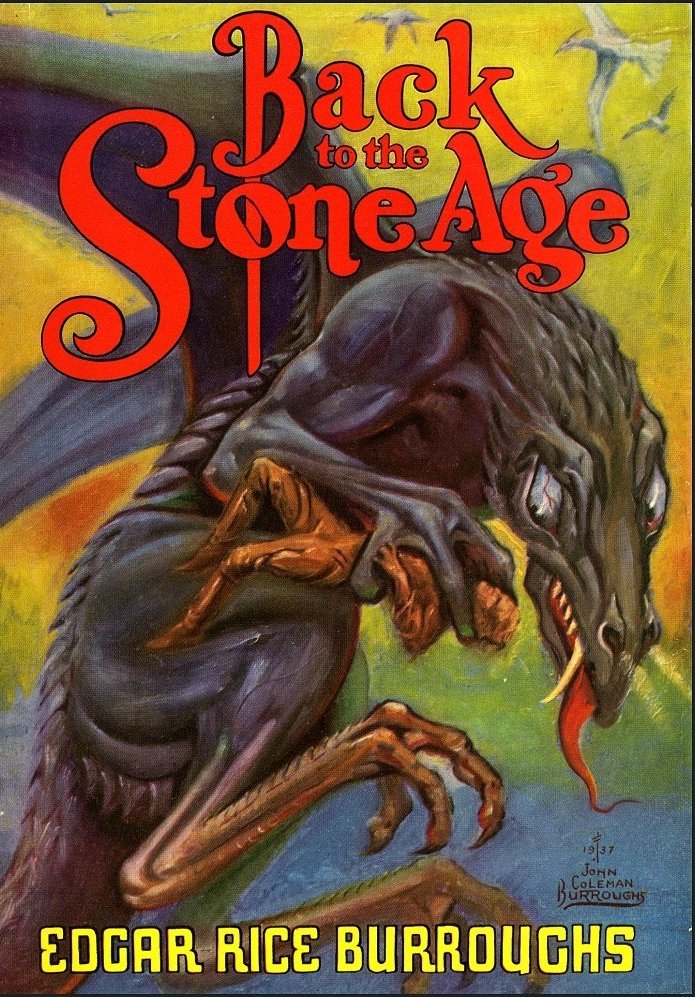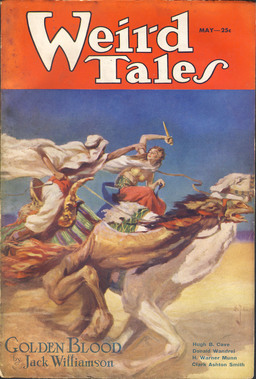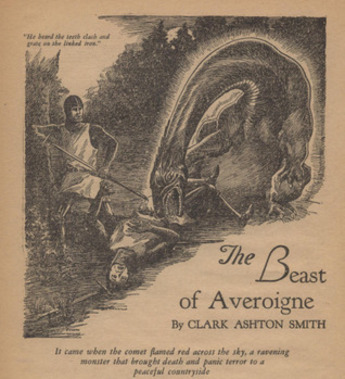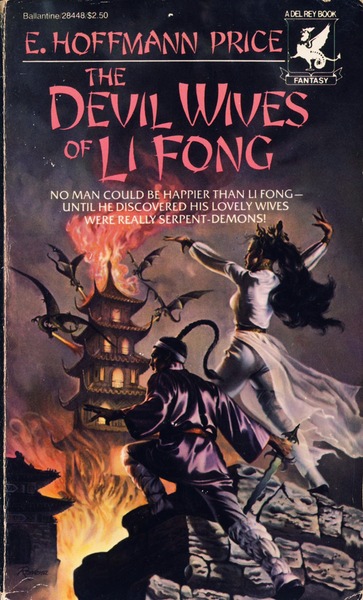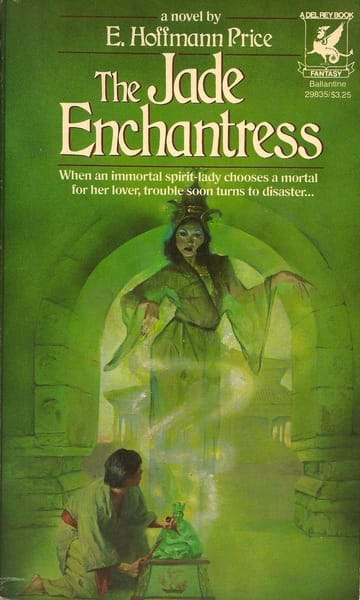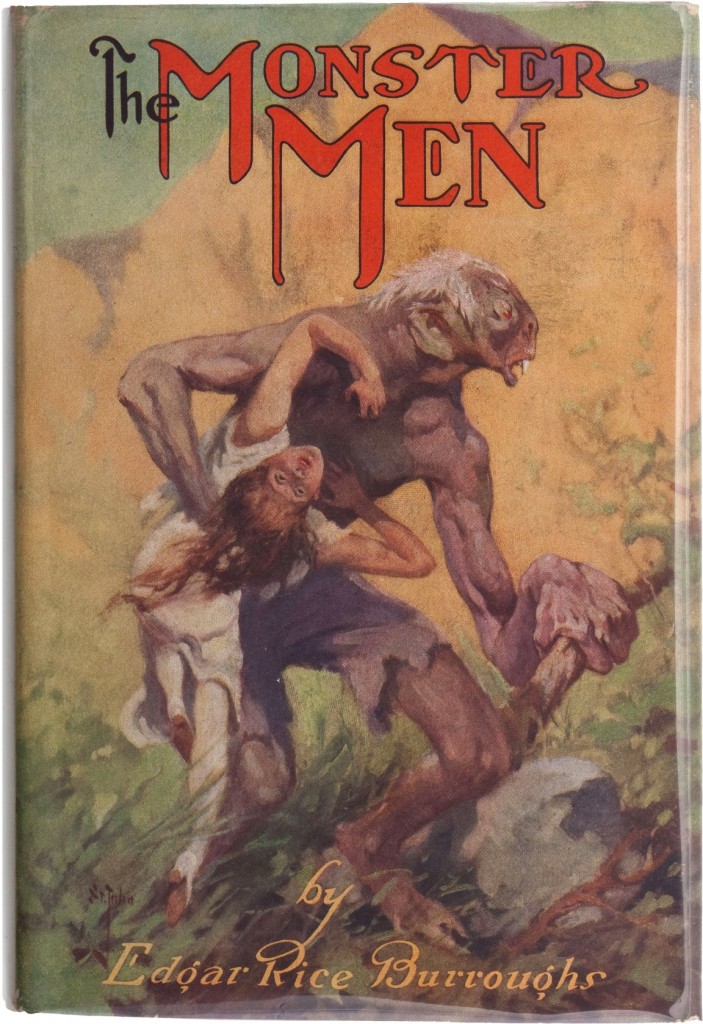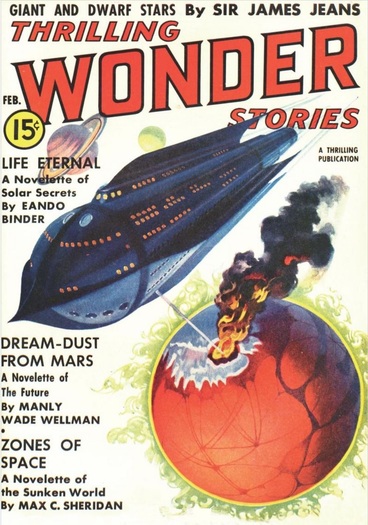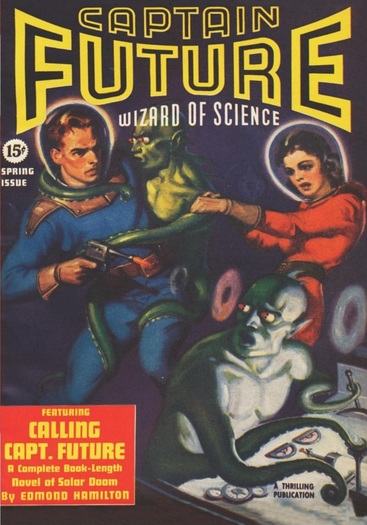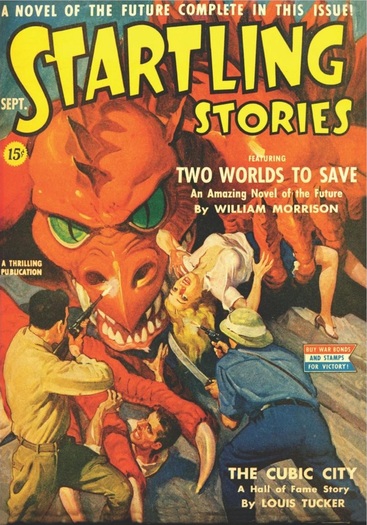Vintage Treasures: The Worlds of Jack Vance
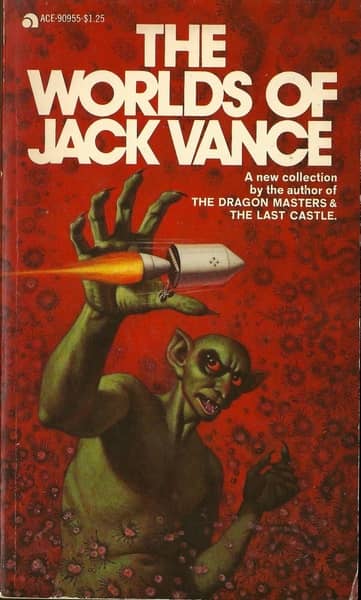 |
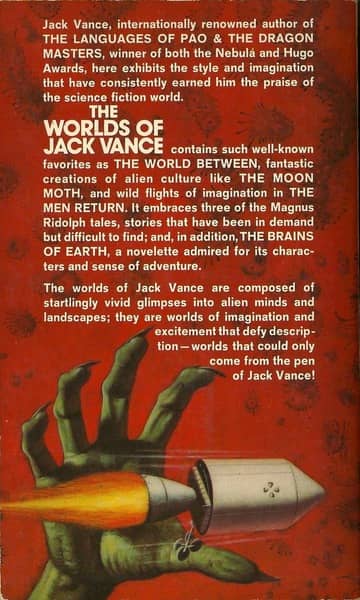 |
We live in an age where an astonishing amount of pulp science fiction and fantasy is readily available, both in print and digital formats. Want to read the complete stories of Leigh Brackett, or Fredric Brown, or Robert E. Howard, or Clark Ashton Smith, or Harold Lamb, or dozens of other fabulous pulp writers? For the first time in decades, they’re all available in handsome permanent editions and digital compilations. As well as inexpensive pulp reprints, if that’s your thing. And if you’re a serious collection who really wants the joy of tracking down each story in its original format… well, that’s easier than ever as well, thanks to online sites like eBay and Amazon.
So really, if you’re a fan of 20th Century SF and fantasy, you don’t have much to complain about. Unless, like me, you remember mass market collections and anthologies. Gone are the days when books like The Worlds of Jack Vance would line bookstore shelves, and that’s a shame.
The Words of Jack Vance is a delightful collection of some of the very best of Vance’s early fiction, including “The Moon Moth” (1961), one of his most brilliant stories, alongside three Magnus Ridolph tales, a novella in his Nopalgarth story cycle, and four other stories. It’s terrific introduction to one of the most gifted fantasists of the 20th Century. Sure, there are similar collections published today — the five volumes of The Early Jack Vance from Subterranean Press, for example. But they cost $45 each, which means not too many people (if any) will be buying them to try Vance for the first time. That Ace paperback? It’s $1.25.
